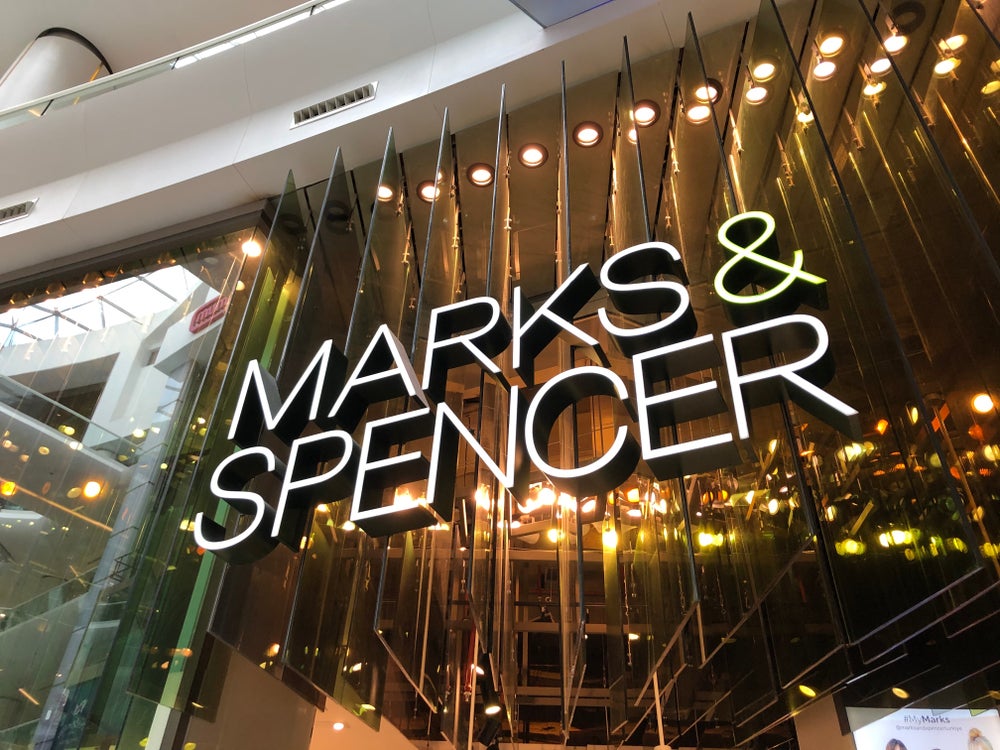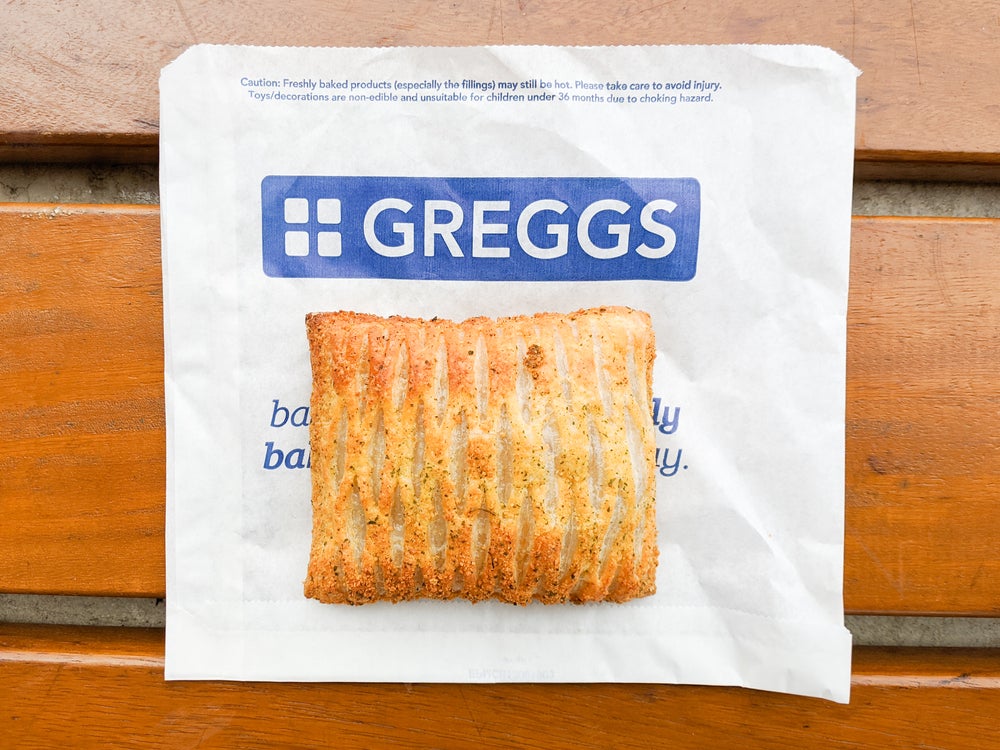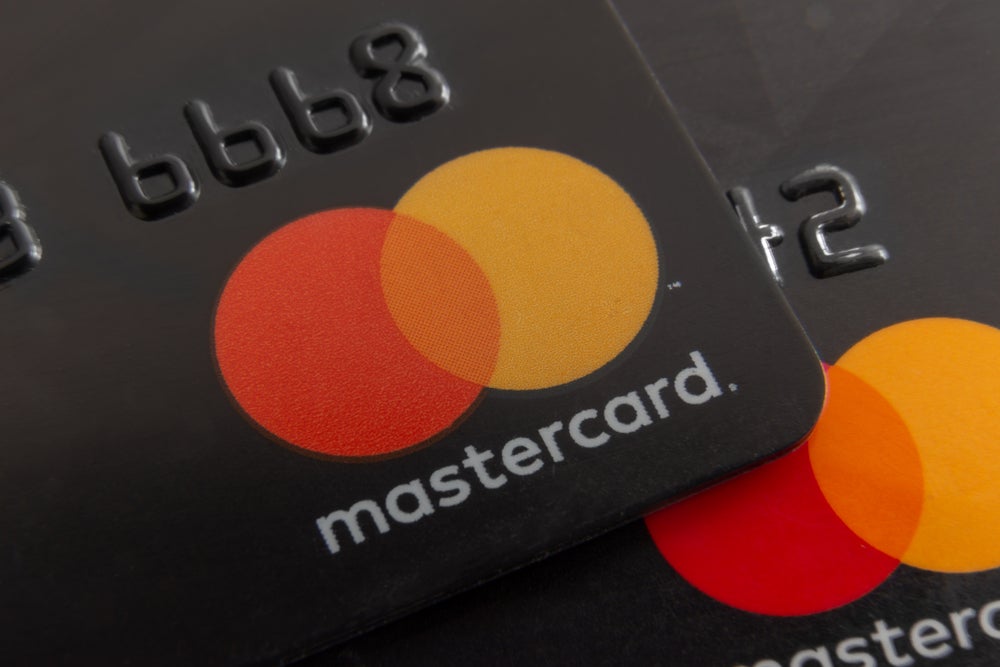Germany’s banking industry has built one of the world’s most
advanced electronic payments systems but has yet to fully win over
consumers to cash alternatives as basic as a debit card. This may
change with the advent of new technologies, in particular
contactless payments, believe some industry experts
In sheer size Germany ranks as one of the world’s biggest
electronic payments markets, with the Deutsche Bundesbank (DB), the
country’s central bank, recording13.2 billion non-paper based
payments in 2007, or some 160 per capita. In addition, 1.04 billion
paper-based credit transfers and 81.9 million cheque payments were
recorded that year.
However, significant potential exists to extend the use of
electronic payments in Germany, believes Felitas Aguilar, sales
manager at US payments technology developer ACI Worldwide’s German
office.
“I believe Germany is really only at the beginning of a growth
phase in the use of electronic payments,” said Aguilar, a veteran
of 22 years in Germany’s payments market, told EPI.
Her optimism stems from the fact that Germany remains very much a
cash-based society. This is highlighted in a new study by
consultancy McKinsey & Company in which it estimates that in
2007 cash accounted for 75 percent of payments transactions in
Germany. This level of cash use compared with McKinsey’s estimates
of 61 percent in the UK and Australia, 60 percent in the
Netherlands, 57 percent in the US, 55 percent in France and 47
percent in Finland, the country boasting the world’s lowest use of
cash.
But Germans’ use of cash is likely to be a hard habit to break
suggests the DB’s ATM usage data showing cash withdrawals using
domestically issued payment cards increasing from €253.9 billion
($345 billion) in 2000 to €308 billion in 2007, a CAGR of 2.8
percent.
How well do you really know your competitors?
Access the most comprehensive Company Profiles on the market, powered by GlobalData. Save hours of research. Gain competitive edge.

Thank you!
Your download email will arrive shortly
Not ready to buy yet? Download a free sample
We are confident about the unique quality of our Company Profiles. However, we want you to make the most beneficial decision for your business, so we offer a free sample that you can download by submitting the below form
By GlobalDataGrowth in cash withdrawals between 2000 and 2007 came against the
background of weak retail sales. For example, data from the German
Federal Statistical Office (GSFO) reflects that retail sales in the
food and beverage industry at current prices declined by 11.5
percent between 2000 and 2007, a compound average annual rate of
decline of 1.7 percent. According to the GSFO, food and beverages
account for 35 percent of German retail sales.
Overall retail sales excluding vehicles, fuel and pharmacies
displayed a positive CAGR of 0.5 percent between 2000 and 2007,
though this was also well below the increase in cash
withdrawals.
The cash habit in Germany has been supported by substantial growth
in the deployment of ATMs since 2000, with the number in use,
according to the European Central Bank (ECB), increasing from
47,650 to 68,321 in 2007. Some 14,434 new installations were made
in 2007 alone.
Notably, research firm Forrester, in a survey published in 2005,
revealed that ATMs were by far the most used of banking services,
with 85 percent of German consumers using an ATM at least once a
month in the second quarter of that year. This was up from 80
percent of consumers in the second quarter of 2001.
E-money disappoints
The high use of cash is not for want of effort by the German
banking industry to change spending patterns. A particularly bold
initiative was launched in 1996 when the industry began issuing the
GeldKarte, an electronic money (e-money) smart card which could be
loaded with up to €200.
With the full backing of Germany’s four banking associations, the
issue of GeldKarte either as a standalone offering or incorporated
in other payment cards has been pushed aggressively with the total
number in issue rising rapidly to 26.6 million in 2000 and to 74
million at the start of 2009. The latter total represented a
penetration level equal to some 90 percent of the population.
But despite the significant number of GeldKarte, transactions,
though increasing, are disappointing. According to the DB the
volume of GeldKarte transactions increased from 26.6 million in
2000 to 52.7 million in 2007, a CAGR of 10.3 percent, while the
value of transactions increased from €73 million to €134 million, a
CAGR of 9.1 percent.
GeldKarte data for 2007 represents an average of less than one
transaction per card (0.73) during the year and an average
transaction value of €2.54 per card. There were 334,274 e-money
accepting devices and 35,800 loading devices in use at the end of
2007.
Providing a reason for poor uptake of the GeldKarte, Aguilar
commented that the technology behind the card is too complex.
Complexities include an age verification application used on some
460,000 cigarette vending machines.
She added that the GeldKarte is also viewed by many Germans as an
unproven technology and would require considerable additional
investment to make it viable.
Debit cards fare better
Where progress has been made in the erosion of cash in the retail
market is in the use of debit cards, though, again, not to the
extent many had been hoped for.
Total debit card transaction value grew from €82.9 billion in 2000
to €106.3 billion in 2007, a CAGR of 3.6 percent and, excluding
fuel, vehicles and pharmacies accounted for 27 percent of retail
sales in 2007, up from 22 percent in 2000.
In comparison, debit cards in the UK accounted for 42 percent of
retail spending across all sectors in 2007, according to UK
payments industry body APACS.
Notably, there was no significant difference in the penetration of
debit cards in the two countries, with Germany having 1.13 debit
cards per capita in 2007 and the UK 1.17 per capita. However,
British consumers are more avid users of their debit cards
executing 5 billion transactions worth a total of €338.9 billion in
2007, compared with 1.74 billion transactions worth €106.3 billion
by German consumers.
Germany also has a very low penetration of credit cards. Indeed, at
the end of 2007 there were only 2.6 million revolving credit cards
in issue plus a further 11.6 million cards with a delayed debit
function. This compared with 71.8 million credit cards in issue in
the UK.
A key reason for low adoption of credit/delayed debit cards by
German consumers is that all current accounts come with an
overdraft facility as standard, explained Aguilar.
Unsurprisingly credit/delayed debit cards represent a minor portion
of the German payments market, with 340 million transactions worth
a total of €30 billion undertaken in 2007. In addition, retailers
had 12.5 million payment cards in issue at the end of 2007 which
accounted for 55.9 million transactions worth a total of €3.6
billion in that year.
Change ahead
Overall, Germany lags the European Union (EU) as a whole in the use
of payment cards. Indicatively, ECB data show the average value of
card transactions excluding E-money in all EU states to have been
€3.297 billion per million inhabitants in 2007, up from €1.995
billion in 2000.
In Germany the value of card transactions excluding e-money stood
at €1.658 billion per million inhabitants in 2007, up from €1.334
billion in 2000. The CAGR during the seven years in the EU was 7.4
percent and in Germany 3.2 percent.
Change will come, believes Aguilar, and it will come in the form of
contactless payments.
“Contactless payments is going to be the next big implementation by
German banks and merchants,” said Aguilar.
Initial moves towards the introduction of contactless payments were
in the transport sector, all based on the interoperability standard
laid down by the Verband Deutscher Verkehrsunternehmen (VDV), the
association of German transport companies. Development of the
standard, the VDV-Kernapplikation, was promoted and funded by the
German Federal Ministry of Transport.
Germany’s most significant first step towards contactless payments
was the world’s first public transport ticketing trials held in the
city of Hanau in 2005 using mobile phones equipped with near-field
communication technology. The trials, which supported Visa payWave
and MasterCard PayPass contactless payments systems, were held with
mobile phone carrier Vodafone and Rhein-Main-Verkehrsverbund (RMV),
greater Frankfurt’s public transport authority.
Following the trial, the system went into commercial service in
2006 on 200 RMV buses with enhancements added subsequently by RMV
and its technology partners T-Systems, Venyon and Nokia.
The latest advances were announced in June 2008 and include a wider
selection of tickets and the ability for transport inspectors to
check the electronic tickets using a mobile reading device. The
partners also announced that the next development will be
incorporation of tickets on mobile phone SIM cards.
Taking electronic ticketing another significant step forward the
VDV announced in January 2009 that it had selected Dutch
semiconductor developer and manufacturer NXP Semiconductors’
contactless microcontroller chip SmartMX to power all future
electronic transport ticketing schemes in Germany. In conjunction
with German smart card manufacturer Cardag Deutschland, NXP will
supply 8 million contactless cards to be issued throughout Germany
by 2012.
NXP is also playing a central role in the deployment of contactless
technology in Germany’s broader payments market. In this respect a
particularly notable development was the announcement in September
2008 by German airline Lufthansa that NXP would provide a
MasterCard PayPass contactless payments application to be
incorporated in its new Miles & More Credit Card of which
420,000 are to be issued.
The card, produced by Austria Card a unit of Greek payments
technology developer Inform Lykos Group, enables contactless
payments of up to €25.
Mobile still on hold
While prospects for contactless payments in Germany appear
especially bright the future of mobile banking remains
unclear.
An early flurry of optimism saw mobile banking services offered by
more than 20 of Germany’s larger banks by 2003. However, the
services met with poor customer acceptance and many were
discontinued by 2006 including those of the country’s four largest
banks Deutsche Bank, Dresdner Bank, Hypovereinsbank, and
Commerzbank.
Aguilar explained one reason why mobile banking has not enjoyed a
strong uptake is that, while German’s are very technology-driven,
mobile banking security is a concern.
Another factor detracting from the uptake of mobile banking, and
one in common with many developed economies, is the wide choice of
banking facilities. In Germany, branch banking remains a key
component, with Forrester’s 2005 survey revealing that 52 percent
of German’s rely on physical branch services to satisfy their
banking needs.
Germany is particularly well supplied with bank branches, with the
DB reporting a total of 41,814 branches at the end of 2007. This
represents a density of some 50 branches per 100,000 inhabitants
compared with 17 per 100,000 inhabitants in the UK in 2007.
“There are more bank branches in Germany than bakeries,” commented
Aguilar.
In part this results from the large number of German banks – 2,016
in 2007 – of which many are savings banks with no more than a
single branch in a small town.
However, despite its disappointing start mobile banking in Germany
may yet have a big future. A positive sign in this direction came
in March this year, with an announcement by Deutsche Bank,
Germany’s biggest bank, that it was to re-enter the mobile banking
market on a major scale.
Deutsche’s Global Transaction Banking (GTB) division is to provide
private and corporate customers in 80 European, Middle Eastern and
Asian countries with a payments and money transfer service
accessible on any mobile device via any mobile network.
Partnering with GTB is Norwegian mobile payments technology
developer and services provider Luup International.
“Mobile technology moves on apace and we believe that now is the
time to take a solution to the global market,” said GTB global head
of products Daniel Marovitz.
Deutsche’s move also appears to be of significance as an indicator
of a growing acceptance of the viability of mobile banking.
“German’s are not first-movers into a new technology,” stressed
Aguilar. “They first wait and see that it is a proven solution and
only then will they back it big time.”







